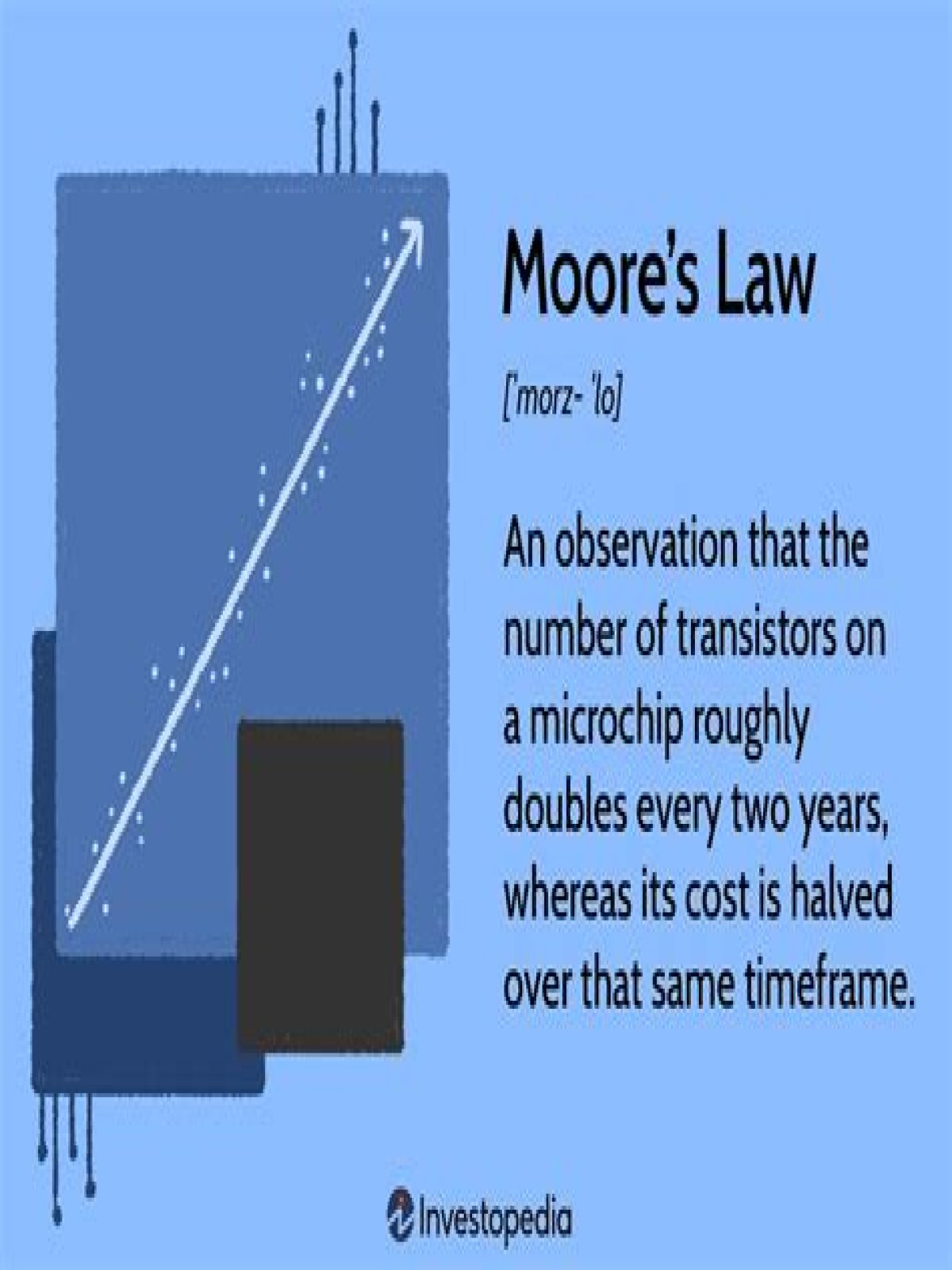What is Moore theory?
Moore, in his Theory of Transactional Distance, posits that. in distance learning scenarios, separation between the teacher and stu- dents can “lead to communication gaps, a psychological space of potential. misunderstandings between the behaviors of instructors and those of the. learners” (Moore & Kearsley, 1996, p.
What are the 3 types of interaction?
Instructional design strategies for online learning have typically considered three main types of interaction: learner-content interaction, learner-instructor interaction and learner-learner interaction (Moore, 1989).
What are the 3 types of interaction in the working environment?
According to Moore’s (1989) [48] famous classification, interaction is of three different types: learner-content interaction, learner-instructor interaction and learner-learner interaction.
What are the types of classroom interaction?
There are four types of interaction observed during the teaching learning process: (1) teacher – student interaction, (2) teacher – students interaction, (3) student(s) – teacher interaction, (4) student(s) – student(s) interaction.
What is theory of interaction and communication?
1. The distance education theory that states that the value of the teaching is related to the student’s feeling of comfort and belonging and course discourse, including questions, answers, and debates (Holmbert, 1987).
What is transactional distance learning?
Transactional distance is the collection of perceived psychological, cognitive, and affective distances between learners and instructors in distance learning environments. Such distance can impact learning engagement as well as the attainment of intended learning outcomes.
What are the 4 types of interactions?
Summary. Species interactions within ecological webs include four main types of two-way interactions: mutualism, commensalism, competition, and predation (which includes herbivory and parasitism).
What are the 5 types of interactions?
There are five types of interactions between different species as listed below:
- Competition & Predation.
- Commensalism.
- Parasitism.
- Mutualism.
- Amensalism.
What are the 5 types of interaction?
What are the four types of interaction?
This review of the literature covers four types of interaction: learner – content, learner – learner, learner – instructor, and learner – interface.
What is Moore’s second part of the Moore theory?
The interaction between the student and instructor makes up the second part of Moore’s theory. It includes motivation, instruction, and evaluation. While a well-designed course can encourage appropriate interaction between an instructor and student, the practical results will be determined by each individual instructor.
What is Michael Moore’s theory of interactivity?
When developing a distance education course, one theory to consider is Michael Moore’s Theory of Interactivity. It is based on three interactions including learner-content, learner-instructor, and learner-learner (Miyazoe & Anderson, 2003).
What is Moore’s model of Transactional Distance Education?
In his model of transactional distance (TD), Moore contended that DE is “the mutual action between teachers and students, in environments whose uniqueness is separation from each other, and as a result exhibit unique behavior patterns of distance education” (Moore & Kearsley, 2005, p. 224).
What are the three types of interaction in online education?
Generally, three types of interactions are discussed in online education, namely learner-to-content interaction, learner-to-learner interaction, and learner-to-instructor interaction (Moore, 1989). Chickering and Gamson (1987) explain the importance of interaction as they, for example, encourage active learning, student-teacher contact,
